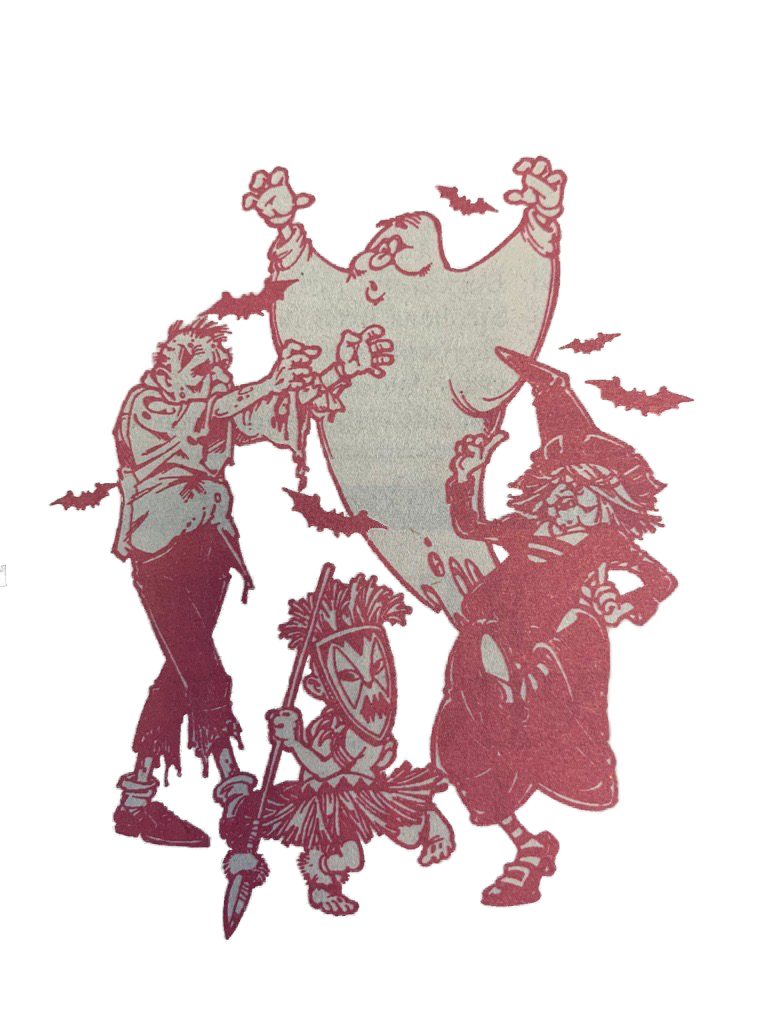Thousands of monarch butterflies may soon come to campus as part of an ongoing project to cultivate the university’s open fields with their food and shelter supply.
Craig Lewis, the greenhouse landscape coordinator for Facilities Management, has been working in the greenhouses planting more than 800 seeds of two different varieties of milkweed that he harvested around campus.
Lewis took a special interest in the health of the species after noticing a distinct decline of them on campus.
“The monarch is what the canary in the mine used to be. They are a telltale sign of bigger events or bigger losses to come,” he said. “Seeing them decline at such a rapid rate put the eyes of several people on what’s the cause.”
According to Lewis, the butterflies have declined largely due to a lack of native habitat. There has also been a relationship between butterfly extinction and non-organic chemicals used in the agricultural industry.
Monarch Watch, a conservation program focused on the butterfly, has registered UTD as an official waystation for migrating monarchs thanks to the efforts of the Landscaping/Grounds department.
Leaders of the project hope to see growth in the dwindling population of monarch butterflies after planting species-specific grasses and flowers all over campus.
Through the national Monarch Waystation Program, individuals or groups can host designated locations for butterfly migrations after agreeing to plant monarch-friendly flowers and grasses. UTD became an official hub following their promise to plant over 120 flats of milkweed.
The U.S. Fish and Wildlife Services reported earlier this year that since 1990, 970 million monarch butterflies have vanished, and the insect is currently under review for endangered species status. In response, a national movement has begun to plant milkweed — where monarchs lay their eggs — and other nectar-providing flowers.
Inspired to take action, Lewis came to Jay Jascott, the landscape supervisor and Dorothea Junt, the assistant director of energy conservation and sustainability. Together, they created a plan for obtaining milkweed and planting it on campus to attract monarchs during their yearly migration from Mexico to Canada.
“I just had a flash in my brain,” Lewis said. “It’s time for us to recapture some of the ground that we’re not going to be building on for a while and replant milkweed.”
Jascott was on board with the idea from the start, giving Lewis free rein in the greenhouse to acquire and grow milkweed and helping with communication between departments.
“We’re always looking for something new and something different,” Jascott said. “We throw ideas off each other all the time and this was something that made sense.”
The team created a plan for obtaining milkweed and planting it on campus to attract the butterflies, making UTD one of many sites taking part in the national movement to rebuild the butterfly population.
A majority of the milkweed will be planted on the frisbee golf course located on University Parkway.
“There’s a holistic, sustainable approach to the way we maintain grounds,” Junt said. “We’ve had several no mow zones the past few years. We’ve planted in a few places, so this is a natural extension of some of those (projects).”
The team plans to plant a majority of the milkweed during a special Earth Day event in late April. The Office of Volunteerism is encouraging students to help with the hand sowing of the plants.
Katie Truesdale, an EMAC junior and Student Government’s student affairs chair, has encountered Lewis’ project through her work on the university sustainability committee.
“The student perspective has been almost a childlike awe,” Truesdale said.
Along with Student Government, she plans to volunteer, helping plant the milkweed on campus.
“As different buildings are built… we’re taking away from the land we are benefitting from,” Truesdale said. “Finding different ways to give back is something that students are really excited about.”














